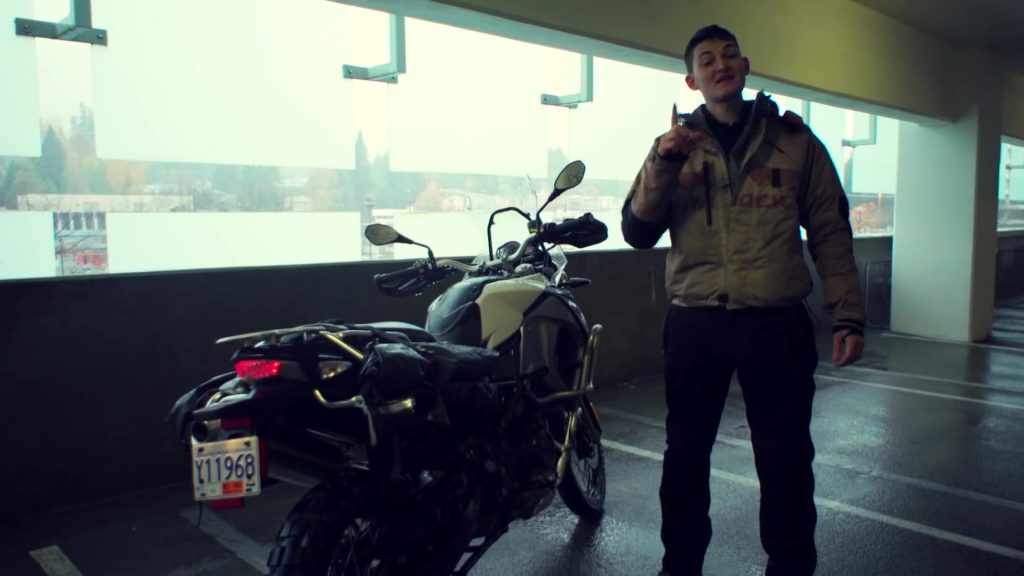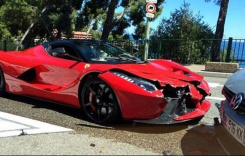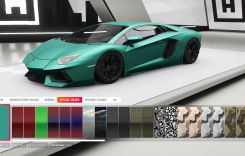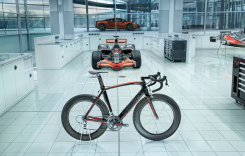
Hello, my name is Ryan, and I reviewed motorcycles last year. How to Break In Your New Motorcycle. I rode ten bikes through the break-in period. This is how I do it. First II buy a new cycle in November riding season is almost done. Christmas hasn’t arrived, and schema needs everything on the floor. Old news: Come January 1, these motorcycles will turn into pumpkins, so Cinderella will drop her pants to make a deal. Charming.
Next, I idled the bike for five minutes.Break In Your New Motorcycle

This moves oil tall the oily parts of the engine. It also lets me keep an eye out for smoke signals and unusual sounds. Manufacturing defects are rare, but if there is one, I prefer to catch it from the safety and convenience of a dealership parking lot. Once I’m convinced that I bought an engine rather than a grenade, it’s time for the riveting first ride.
By the 999, low-speed figure eights are roughing up much of the tire profile while also giving me a feel for the bike’s weight balance and dynamics. See, new motorcycles come with new tires. And most of the pre-release agents are a thing of the past. I still want to scrub some roughness into the tread before cutting loose. More than 50% of crashes involve riders who are new to their machines. So always get acquainted with the latest bikes in a low-risk scenario. I’m going to go for a real ride to break in the engine with real combustion pressure. And whether I do this by riding hard or riding is a highly contentious topic. It’s up there with old fortnight favorites like which religion is best. Break-In Your New Motorcycle
Got guns, littering 101, making a more extended riding season, and the evils of capitalism.

Contentious, complex, and soft breakers agree that the break-in period involves seating piston rings to the cylinder wall glass. If this is my piston separating the combustion chamber from the crankcase, then we have oil down here and an air-fuel mixture up here. The piston rings separate the two. But if it doesn’t seal properly, we end up losing fat into the combustion chamber and losing combustion gas into the crankcase results. We burn more oil and lose compression, meaning we burn more gas and lose horsepower. Break-In Your New Motorcycle
Okay, so how do I steal my piston rings to the cylinder wall from the factory? Both have micro rough surfaces, and when you rub two wild things together, they get smoother, and the characters begin to match to form a seal. So on the most superficial level, you break in an engine by running it. However, if you exert too much pressure on the surfaces, the mountains on one will carve deep valleys in the other, and when the pressure is released, you’ll get empty gaps rather than a seal. That’s why I never lug goo the engine during a break-in period. If the pistons were moving too slow, it could still be compressing when combustion happens, which creates a spike in pressure carving deep valleys in the cylinder walls, so I avoid low read. Okay, so gentle braking is crap.
I should grab a handful and go like hell wrong.Break In Your New Motorcycle

You can also spin an engine too fast, building enough friction heat to soften the piston rings. If that happens, the surfaces will warp as they cool, and they won’t match. Okay, so hard break-in is crap too. I should probably cruise that middle RPMs for the first 1000 kilometers wrong again if I stay at 4000 RPM for the entire break-in period. I’m only teaching my engine one type of heat and pressure. When I eventually go beyond that, it’ll feel the notch. So the ideal breaking ground is neither mellow crews nor frantic race track, nor steady highway. It’s a twisty road with occasional spots to pull off that lets me vary the RPMs from just above the lug line on up to the red line. Break-In Your New Motorcycle
I do that for about 10 minutes, and then I find a nice place to take a break and let the engine cool down. Another excellent November day helps keep temperatures reasonable, and I’m going to trust the dash on this one either. Just because the overall attempt is average, it doesn’t mean there isn’t a hotspot between the ring and the cylinder. Once my cooldown break is over, I start varying the throttle all over again. Brisk acceleration and deceleration is the quickest way to heat tires. Remember that our new treads need heat to get sticky.
Meanwhile, upshifting and downshifting put positive and negative pressure between piston and piston rings.

So that’s how I break—getting a new bike by using a wide variety of RPMs and taking frequent breaks. Never lug an engine by riding too soft. Never overheat the cylinders by riding too hard. Wait a minute, what is the owner’s manual say to hang gently then probably because if they told everyone to hit the red line, that essentially be advising new riders on new bikes to hit Mark 10 on city streets lawsuit. Let that be a reminder to us of the risks involved. Break-In Your New Motorcycle
Every experienced rider is inexperienced on a new bike. The most important rule for breaking in an unfamiliar motorcycle is sticking to average speeds familiarly, angles, and familiar roads. I always do, and a couple of 1000 kilometers down the road, when I’ve changed the dinosaur oil a handful of times to remove metal shavings from carefully varied RPMs becomes a little wilder. Well, my frequent breaks become a little more infrequent. And when my new motorcycle is a little less new to me, then the break-in period is over, and I’ll ride the thing with absolutely no limits to show it what kind of life we’re in for. And just so, anything that’s going to break will break under warranty.
Thank for watching
You can see more https://custommotorv.com/honda-rebel-500-review-at-fortune/.









